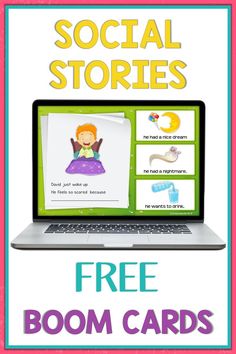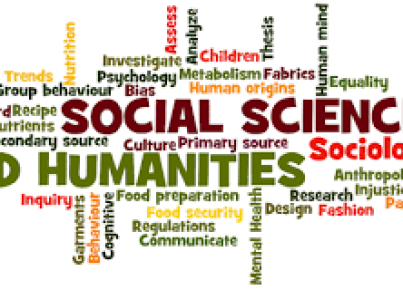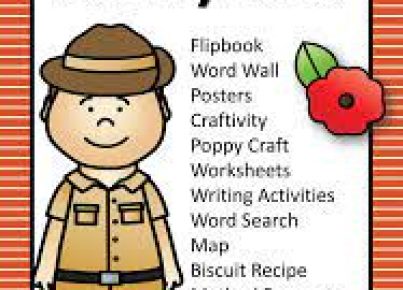In the age of distance learning, educators and parents alike are questing for effective strategies to support children’s social and emotional development. One such strategy that has gained traction is Social-Emotional Learning (SEL), which refers to the process through which individuals acquire and effectively apply the knowledge, attitudes, and skills necessary to manage emotions, feel and show empathy for others, establish positive relationships, and make responsible decisions.
The shift to online education has challenged conventional SEL approaches, necessitating innovative techniques to engage students. This is where social stories can play a pivotal role. Social stories are short narratives designed to teach individuals, particularly those with developmental challenges, how to navigate social situations. However, their benefits extend far beyond this demographic. Amidst the impersonal nature of digital classrooms, these stories provide a framework for understanding and articulating feelings and behaviors that correspond with remote interactions.
The Impact of SEL on Distance Learning
During remote education, students may experience heightened feelings of isolation and anxiety. SEL can help mitigate these impacts by promoting understanding and compassion among peers. Developing self-awareness and self-management skills allows students to better cope with the pressures of home learning environments.
SEL also empowers students to stay connected virtually. By fostering relationship skills through activities like peer collaboration projects or guided discussions in online forums, children can maintain social connections crucial for their emotional growth.
Utilizing Social Stories for SEL in Online Classrooms
Social stories offer a narrative structure that makes abstract emotions more tangible for children. Here’s an example of how a social story could be implemented within distance learning settings:
Title: “The Whispering Chat Box”
Story Content:
– Illustrates the importance of taking turns while communicating online.
– Shows characters experiencing various feelings when messages are ignored or talked over.
– Ends with tips on using polite conversation starters and waiting patiently for responses in virtual settings.
Implementation:
1.Teachers can read the story during an online class session while screen-sharing illustrations.
2.Engage students in a discussion about times they have felt similar emotions during virtual classes.
3.Collaborate on a chart listing ways students can support each other’s contributions in class.
Conclusion
SEL is a vital component of child development, even more so in the realm of distance learning where physical distancing can exasperate emotional disconnects between students. Integrating social stories into SEL activities not only helps in making interactions meaningful but also offers a guiding light for behaviors that foster regard for others’ feelings – something deeply needed in our increasingly virtual world.
By implementing SEL practices through creative storytelling online, educators not only support academic achievements but also cultivate a generation who are empathetic collaborators ready to thrive in any setting — physical or digital.





